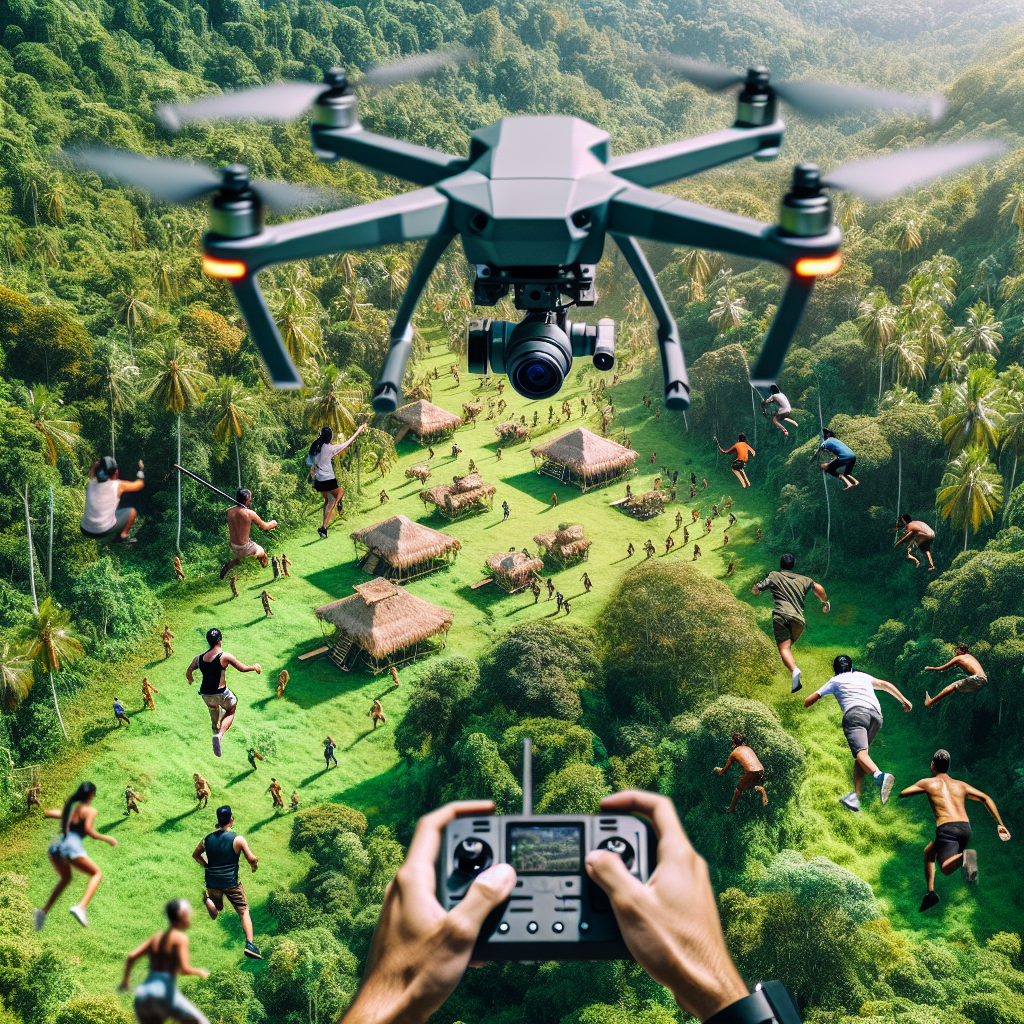As I pack my suitcase for yet another journey into the world of television production sites, I can’t help but reflect on this unexpected turn in my career as a travel correspondent. Who could have predicted that the flashy lights of reality TV would cross paths with my usual focus on cultural exploration and environmental concerns? It’s the fascinating story behind ‘The Battle Lines Are Drawn,’ shedding light on emerging technology trends within reality television space and their implications on our environment.
Technology Overview
We’ve all heard about ‘reality’ being captured by cameras strung across exotic or sometimes fabricated sets. But it is here that the particle details get interesting; AI tech advancements are woven into these formats – from eco-friendly drone cameras to AI-assisted editing tools designed to minimize energy consumption.
Current State of the Art
No longer do droves of people need to traipse through protected habitats for shooting or manually process hours worth footage; sophisticated drones provide high-quality imagery while reducing human footprint, and green data centers use renewable energy for film processing tasks – quietly revolutionizing this usually unfriendly industry towards our dear Earth.
Key Innovations
A leader in clean filming innovation, ‘Green Screen Productions’, an LA-based company is using solar-powered camera equipment for shoots. Further north, in Silicon Valley, Hydronix Tek has introduced water-cooled servers significantly reducing energy consumed during post-production work – two exemplary models leading these changes from different ends.
Market Adoption
Surprisingly, the market is responding positively to these innovations; perhaps driven by the recently erupted controversy within a popular reality show filmed irresponsibly endangering a fragile ecosystem. As audiences become more aware of environmental issues, they demand accountability from their entertainment sources.
Technical Challenges
The journey towards an environmentally-friendly TV industry is fraught with challenges – cost being one and skeptical adoption another. But as our planet’s health takes precedence, overcoming these obstacles will hopefully become an industry norm.
Industry Applications
Beyond reality TV productions, news broadcasting companies are starting to use drones for field reporting reducing both carbon emissions and disturbance in local ecosystems. Meanwhile, multi-national corporations are considering transitioning data management over to green servers.
Future Developments
This shift has opened doors for future technological advancements aimed at minimizing electronic waste and optimizing energy consumption—an arena that beckons both tech wizards and media moguls alike onto a common platform centered on sustainable enterprise.
Societal Impact
The clash between TV production and sustainability was thrust into public consciousness by protesting voices defending our environment amid this recent controversy—they’ve successfully demonstrated how far-reaching the implications of this issue can be – fueling conversations about responsible content creation in dining rooms across the world.
Ethical Considerations
The question remains—how must we balance our insatiable appetite for entertainment against its effects on Mother Earth? A question like this calls upon deep ethical introspection within each stakeholder group from producers to consumers—we owe it not just to ourselves but generations to come. Every choice counts!What To Watch For?</10>
I invite you all aboard this unexpected journey—the future of television is not just in our living rooms, but how it’s made behind the scenes. From ‘green’ studios to climate-conscious broadcasting – let’s keep an eye on this exciting yet crucial discourse.

